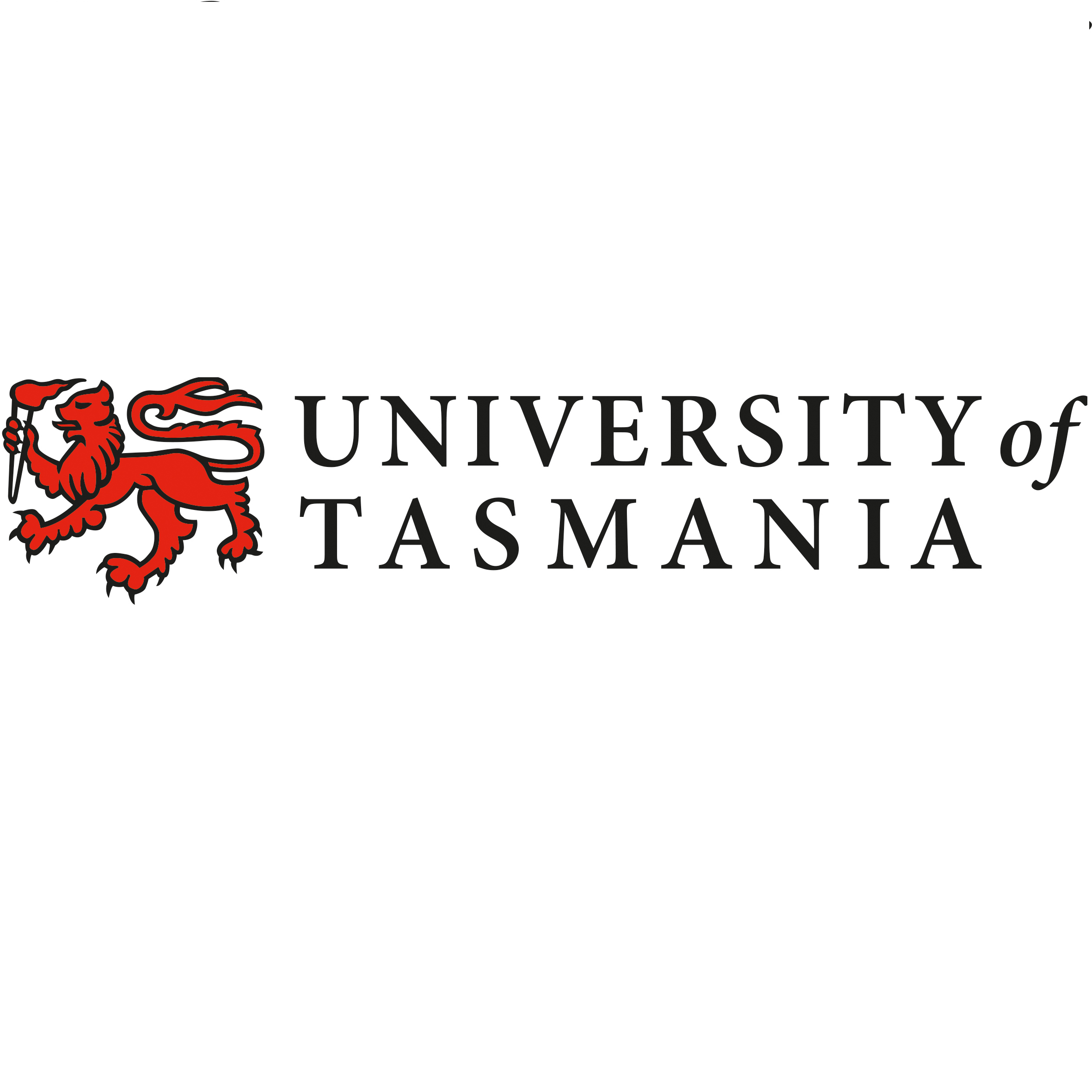Brief description
This record describes the towed video component from the from the Marine National Facility (MNF) RV Investigator research voyage IN2019_T02, titled "Deep seascapes of the Great Barrier Reef: Uncovering submarine canyons and landslides." The voyage took place between October 4 and October 14, 2019 departing from Brisbane (QLD) and arriving in Darwin (NT). Four 1500 m video transects were undertaken across a range of geomorphic features and depth gradients focussed on a deep hole feature within and adjacent to the Wessel Marine Park, on October 11, 2019. The benthic environment in the study area was highly turbid with strong currents, and associated imagery can therefore only be used for habitat classification, coarse morphospecies identification, or defining broad biological communities. Onboard habitat annotations are included as an excel file, with camera positioning included. For access to other End of Voyage (EOV) data from IN2019_T02, see https://catalogue.aodn.org.au/geonetwork/srv/eng/metadata.show?uuid=54158abf-7d02-4e66-8529-48ba6e286d63Lineage
Maintenance and Update Frequency: notPlannedNotes
CreditThis data was collected on the Marine National Facility (MNF) RV Investigator voyage IN2019_T02.
To characterise habitats of targeted areas within Wessel Marine Park, providing crucial baseline information to better understand and manage this marine park, including those sites sacred to local indigenous communities.
Data time period: 2019-10-11 to 2019-10-11
text: westlimit=136.75; southlimit=-11.00; eastlimit=136.85; northlimit=-10.90
User Contributed Tags
Login to tag this record with meaningful keywords to make it easier to discover
(View annotated video tows and select highlight clips in Seamap Australia)
uri :
https://seamapaustralia.org/map/#5db8a6d0-8098-4893-967a-9c96676d1e7f![]()
(PUBLICATION - Wessel post-survey report)
(Associated record in Geoscience Australia catalogue)
uri :
https://pid.geoscience.gov.au/dataset/ga/144143![]()
global : 27a2ecfb-0d7d-4333-af4a-4fb0049be6b6
- global : c5bc7619-46c3-4773-b64e-cdce82c444e1


